

Gxh máy tiện cho kim loại CNC lịch thi đấu kẹp 5 trục CNC mini Vise 7 Bộ công cụ CNC workholding bảng nổi tiếng Vise kamishiro


Nhà Máy Outlet độ chính xác cao công cụ Vise qkg88 3.5 inch máy công cụ Vise của CNC máy công cụ phụ kiện


Máy Khoan Đứng Đa Năng, Máy Khoan Điện Mini Cầm Tay, Máy Khoan Đứng

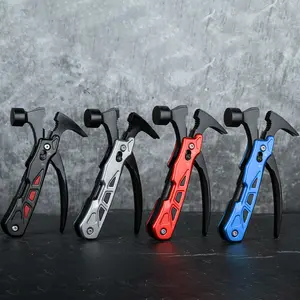
Thép không gỉ đa-công cụ búa ngoài trời cắm trại đi lang thang săn bắn Survival Mini búa với nylon vỏ bọc


Bộ Tua Vít Chính Xác Mini 115 Cái, Bộ Tua Vít Chính Xác Sửa Chữa Điện Thoại


Thiết Bị Làm Đồ Trang Sức Khối Khắc Dụng Cụ Mỏ Vịt Hình Tròn Mini Dụng Cụ Cài Đặt Kim Cương Mỏ Vịt Khắc Trang Sức

Kim Hoàn Khắc Khối Trang Sức Bóng Vises Bóng Mini Vise

Sản Phẩm Mới M8 Ổ Cắm Đầu Vít MINI OK Vise Khóa Công Cụ Jig Bộ Phận Cơ Khí Modular Nêm Loại Vise Cho Máy CNC
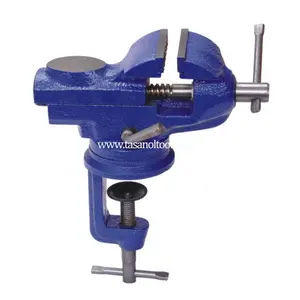
360 Bằng Rotating Thợ Kim Hoàn Công Cụ Hợp Kim Nhỏ Bảng Vise Mini Băng Ghế Dự Bị Vise

5 trục CNC Máy lang Mini buộc băng ghế dự bị Vise

Vise 2 inch chính xác Mini Máy Vise khoan Báo Chí vice qgg50 Lathe cho bề mặt mài Vise cho máy khoan
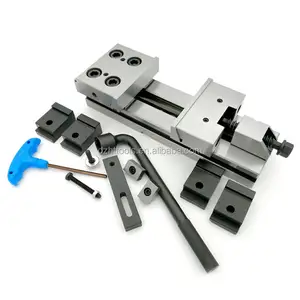
Độ chính xác Modular Vise GT150 Hành Động Nhanh Chóng Chính Xác Vise cho máy xay xát nhỏ cnc
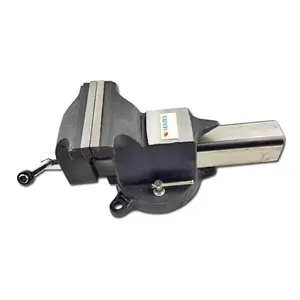
VERTEX Thép Băng Ghế Dự Bị Vise Với Cơ Sở BVV-3 Mở 75MM /Mini Vise

2.4kg cơ sở màu trắng 360 độ xoay mini Vise đồ trang sức làm công cụ thiết lập phó khắc khối kim cương khắc bóng Vise

Trang Sức Mini Khối Khắc Tiêu Chuẩn Bóng Mini Vise Trang Sức Vise
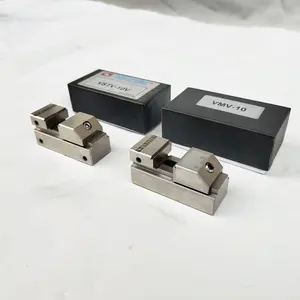
Vertex Mini Công Cụ Maker Vise VMV-10 Chính Xác Mài Vise Máy Mài Phó Máy Nghiền Vise

Chất Lượng Cao Đa Mục Đích Series Thép Xoay Heavy Duty Mini Băng Ghế Dự Bị Vise

Ê Tô Bàn Mini Di Động Thông Dụng Bằng Nhôm Tự Làm

Chính Xác Modular Vise GT150 Nhanh Chóng Hành Động Chính Xác Vise Cho Mini Máy Phay Cnc

360 độ xoay thợ kim hoàn công cụ hợp kim bảng Vise Mini băng ghế dự bị Vise băng ghế dự bị phó với đôi hàm Vise
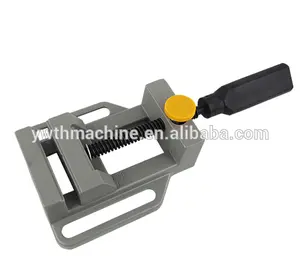
Ê Tô Mini Nhanh Trơn Bằng Hợp Kim Nhôm

Mini Khoan Rotary Công Cụ Bảng Phó Chủ Hợp Kim Nhôm Băng Ghế Dự Bị Bảng Kẹp Phó Kẹp Phổ Bảng Băng Ghế Dự Bị Vise

Hộ Gia Đình Tay Kẹp Công Cụ Chế Biến Gỗ Thẳng Mũi Bằng Phẳng Nhôm Bảng Vise Đối Với Trang Sức Đa Chức Năng Mini Vise

Wynns ánh sáng băng ghế dự bị phó Ống Vise nhỏ bảng nhỏ Vise ánh sáng băng ghế dự bị Vise

Kamishiro KS-Seagull 440C 40kn CNC Phổ Vise Kẹp Workholding Máy Phay Công Cụ Mini OK Vise Cho Trung Tâm Máy

Chất Lượng Cao Giá Thấp Băng Ghế Dự Bị VISE Nhiệm Vụ Nặng Nề 360 Độ Phát Hành Nhanh Chóng Mini Có Thể Điều Chỉnh Làm Việc Băng Ghế Dự Bị VISE

M52S-102 Hệ Thống Kẹp CNC Vise Tự Định Tâm Mini Cho Gia Công 5 Trục

Ê Tô Mini/Ê Tô QGG 63 Vice Độ Chính Xác Bán Chạy Ê Tô

Chế biến gỗ 360 độ xoay 2 inch 50mm Bảng kẹp Vise đa chức năng mini băng ghế dự bị Vise cho phổ woodworkingclamp

360 độ xoay bàn di động băng ghế dự bị phó kẹp mini Vise

Kẹp Cố Định Thông Dụng Nền Tảng Thiết Kế Cổ Điển Kẹp Chính Xác Mini Vise Máy Mini Vise OK Để Kẹp Phôi

CNC kẹp hệ thống 3 4 5inch băng ghế dự bị Vise mini tự định tâm Vise cho 3 4 5 trục gia công

Mini kẹp nhỏ giường cố định cố định băng ghế nhỏ Vise bàn Vise nhanh tám lỗ Vise

Hàng Mới Về Kẹp Bàn Nhỏ Bằng Gỗ Hợp Kim Nhôm Kẹp Làm Việc Ê Tô

Phổ bảng Vise nhà nhôm mini jewelers sở thích kẹp trên bàn băng ghế dự bị Vise DIY hộ gia đình phẳng Miệng bảng Vise

Mini khoan Báo Chí phó qgg qkg 50/63cnc hợp chất bảng bàn làm việc giữ máy phay quay chính xác máy công cụ băng ghế dự bị Vise
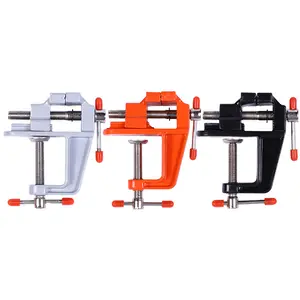
Mini băng ghế dự bị Vise Bảng kẹp vít Vise cho Diy Craft khuôn cố định sửa chữa công cụ
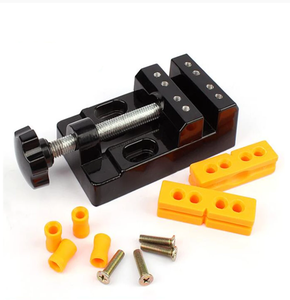
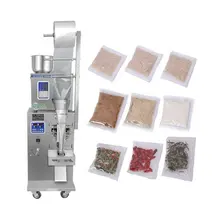






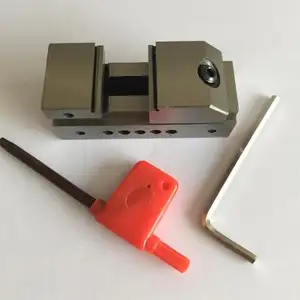
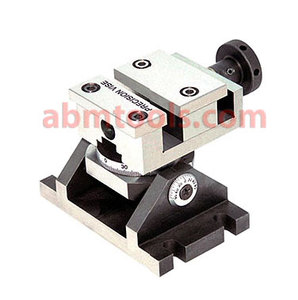







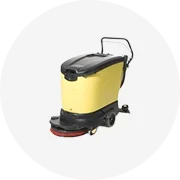






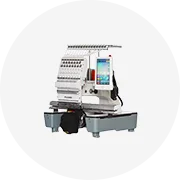









 浙公网安备 33010002000092号
浙公网安备 33010002000092号 浙B2-20120091-4
浙B2-20120091-4